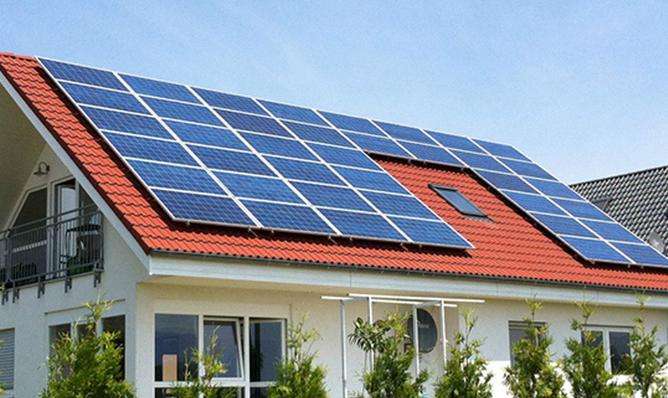B
This is the idea of a perpetual motion machine. Perpetual motion machines do not exist
According to the law of conservation of energy, energy will not disappear. from the air, and it will not increase either, it will only disappear from the air. One form is converted into another form... (I don't remember the details. I read the physics book in third year of middle school. It says...)
When high waters go down, this is not the case. All kinetic energy is converted into kinetic energy of the generator, part of which is converted to thermal energy due to friction and air resistance, and is lost to the air. Additionally, when driving the generator to produce electricity, it must overcome friction between the parts of the generator to do the work. This is another part of the energy that is consumed. Highs rush down, all kinetic energy is not convertedin kinetic energy of the generator.
Then, the electricity generated by the generator is used to turn the water. Pumping, during this process, some energy will be lost and the water pumped will not be all water. (In short, less and less water is pumped each time)
This cycle continues and will eventually stop.< /p>
On the other hand, if a machine perpetual motion machine exists, then during the operation of the perpetual motion machine, the total energy of the perpetual motion machine remains unchanged. However, there must be some energy dissipated in this process. .
In this case, the total energy in nature will increase, violating the law of conservation of energy.
I guess 90% of you can't understand... Sorry, I'm not good at explaining...














